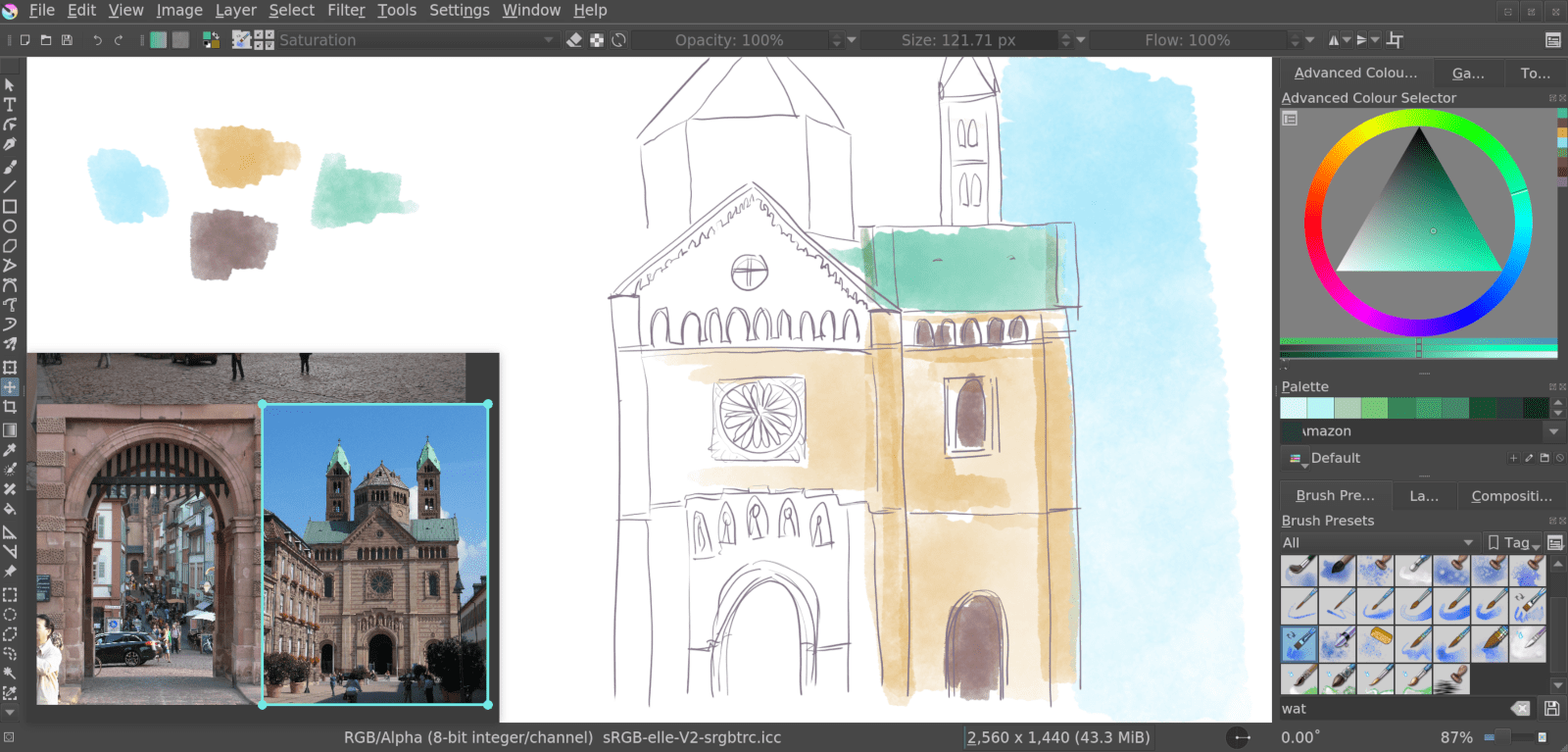BeeRef lets you quickly arrange your reference images and view them while you create. Its minimal interface is designed not to get in the way of your creative process.

Installation
Get the file for your operating system (Windows, Linux, macOS) from the latest release. The different Linux versions are built on different versions of Ubuntu. The should work on other distros as well, but you might have to try which one works.
Linux users need to give the file executable rights before running it. Optional: If you want to have BeeRef appear in the app menu, save the desktop file from the release section in ~/.local/share/applications, save the logo, and adjust the path names in the desktop file to match the location of your BeeRef installation.
MacOS X users, look at detailed instructions if you have problems running BeeRef.
Features
- Move, scale, rotate, crop and flip images
- Mass-scale images to the same width, height or size
- Mass-arrange images vertically, horizontally or for optimal usage of space
- Add text notes
- Enable always-on-top-mode and disable the title bar to let the BeeRef window unobtrusively float above your art program:

Regarding the bee file format
All images are embedded into the bee file as PNG or JPG. The bee file format is a sqlite database inside which the images are stored in an sqlar table—meaning they can be extracted with the sqlite command line program:
sqlite3 myfile.bee -Axv
Options for exporting from inside BeeRef are planned, but the above always works independently of BeeRef.
Troubleshooting
You can access the log output via Help -> Show Debug Log. In case BeeRef doesn’t start at all, you can find the log file here:
Windows:
C:\Documents and Settings\USERNAME\Application Data\BeeRef\BeeRef.log
Linux and MacOS:
/home/USERNAME/.config/BeeRef/BeeRef.log
 BeeRef
BeeRef